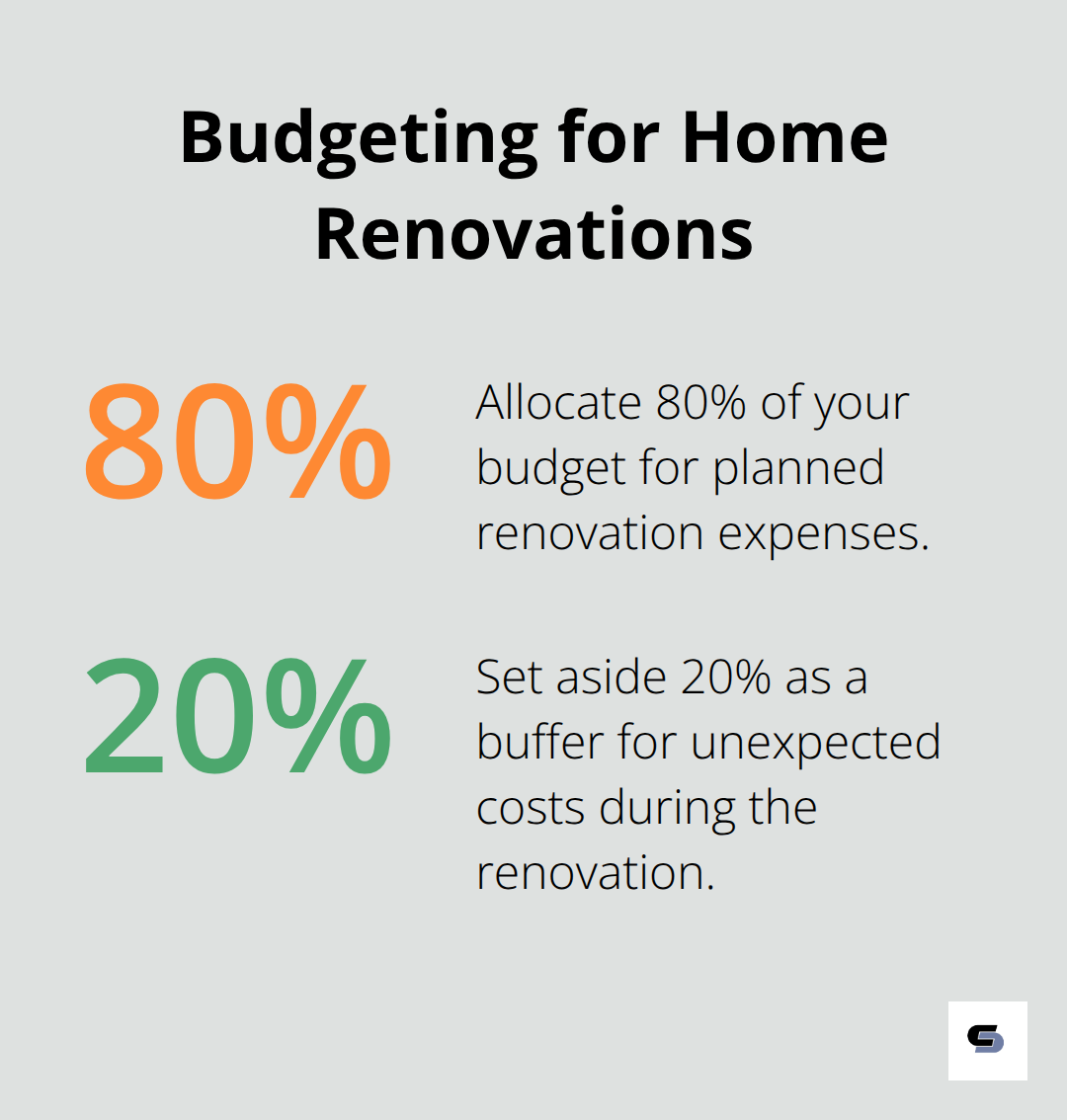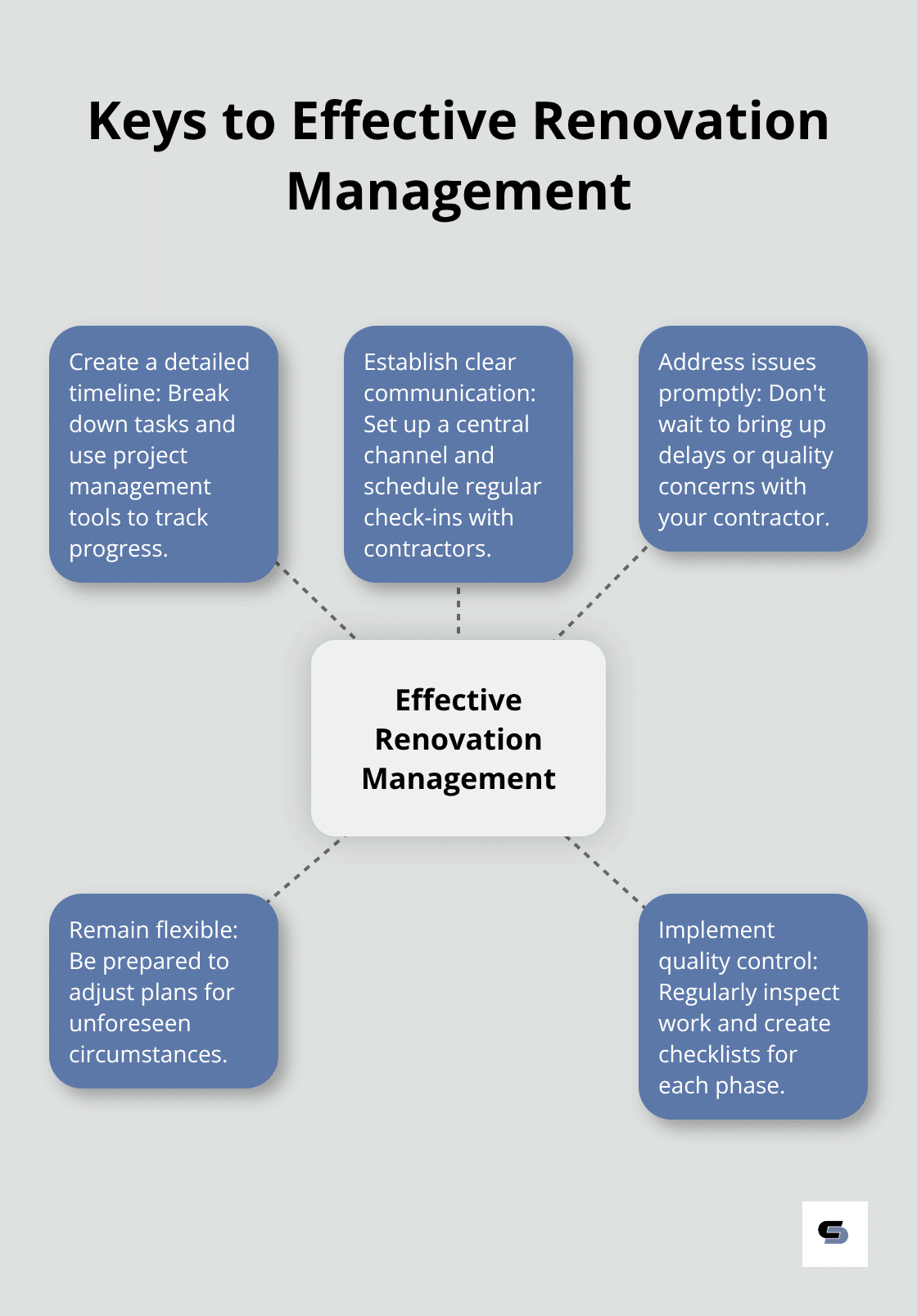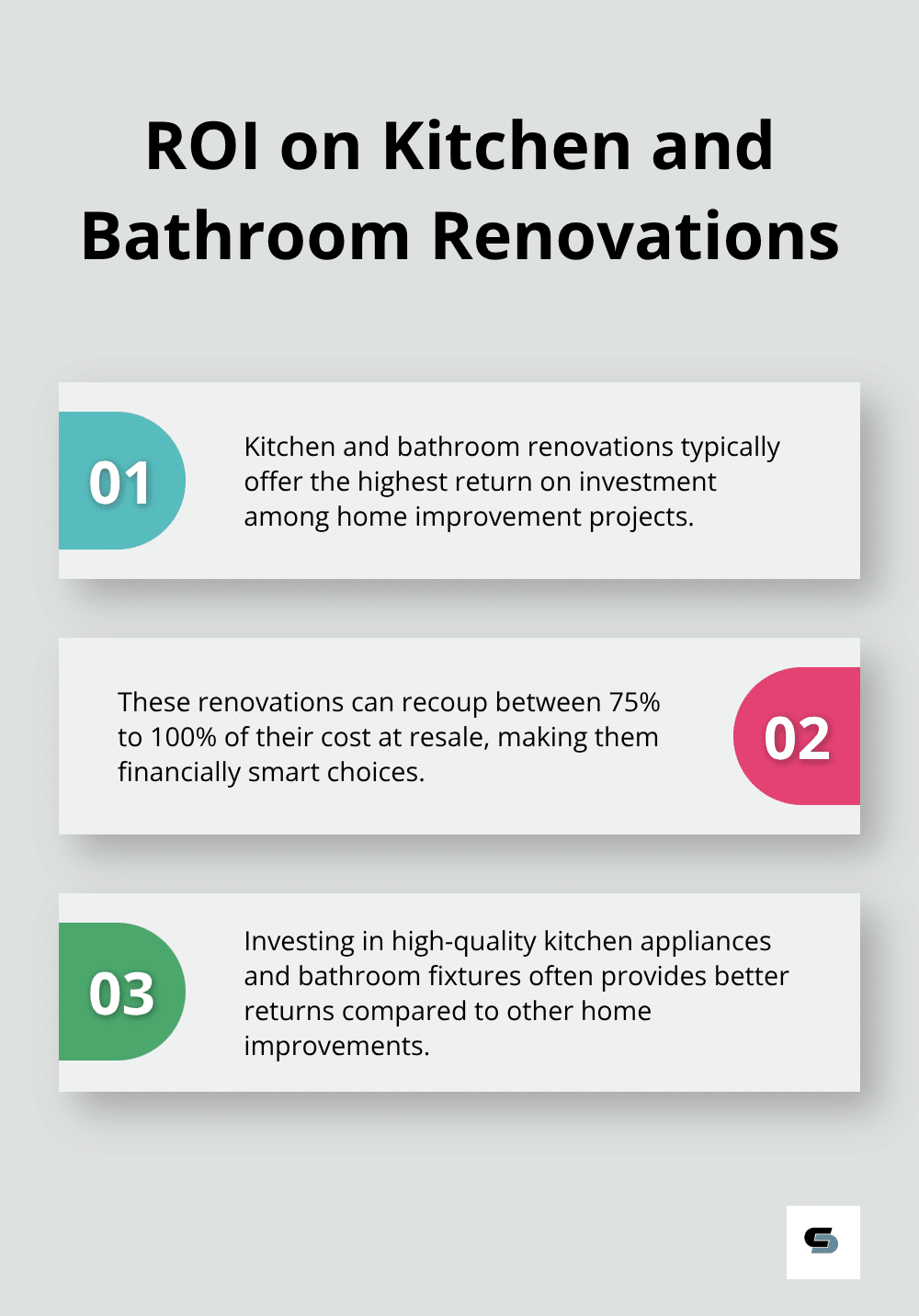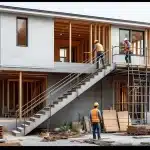How to Manage Your House Renovation Project
At Cameron Construction, we understand the challenges of managing a house renovation project.
Transforming your living space can be exciting, but it often comes with complexities that require careful planning and execution.
In this guide, we’ll share our expertise on how to effectively manage your renovation, from initial planning to final touches. Whether you’re acting as your own project manager or working with a professional, these tips will help ensure your house renovation stays on track and within budget.
How to Plan Your House Renovation
Set Clear Goals and a Realistic Budget
Start by defining what you want to achieve with your renovation. Do you want to increase your home’s value, improve functionality, or update its look? Write down your specific goals and prioritise them. This clarity will guide your decisions throughout the project.
Next, establish a realistic budget. The Housing Industry Association reports that the average cost of a home renovation in Australia is around $150,000. However, this can vary widely based on the scope of your project. We recommend you set aside an additional 20% of your budget for unexpected expenses. This buffer can save you when surprises occur during the renovation process.

Find the Right Contractors
Choosing the right contractors is essential. Start by asking for recommendations from friends, family, or neighbours who have recently completed renovations. Check online reviews and ratings, but don’t stop there.
Contact at least three contractors for detailed quotes. Ask about their experience with projects similar to yours, their licensing and insurance, and their timeline for completion. Don’t let the lowest bid sway you alone – quality and reliability are equally important.
Navigate the Permit Process
Obtaining the necessary permits can challenge even the most experienced renovators. You apply for a building permit through your building surveyor. You may appoint an agent to apply for a building permit for you. However, you must first check your local council’s specific requirements.
Common renovations that typically require permits include structural changes, electrical work, plumbing alterations, and changes to the building’s exterior. The permit process can take several weeks (sometimes even months), so factor this into your timeline.
Create a Detailed Project Plan
Once you have your goals, budget, contractor, and permits in place, create a detailed project plan. This should include a timeline for each phase of the renovation, a list of materials needed, and a schedule for when different contractors will be on-site.
Be as specific as possible in your plan. For example, instead of just “update kitchen,” break it down into tasks like “install new cabinets,” “replace benchtops,” and “install backsplash.” This level of detail will help you track progress and identify potential delays early on.
Thorough planning is an investment that pays off in smoother execution and fewer costly surprises down the road. Now that you have a solid plan in place, it’s time to move on to the next crucial step: managing the renovation process itself.
How to Keep Your Renovation on Track
Create a Detailed Timeline
A detailed timeline serves as your roadmap to success. Break down your renovation into specific tasks and assign realistic timeframes to each. For example, demolition might take 2-3 days, while installing new flooring could span a week.
Use project management tools like Trello or Asana to track progress. These platforms allow you to set deadlines, assign tasks, and visualise your project’s flow. Research by McKinsey indicates that digital transformation can result in productivity gains of 14 to 15 per cent.

Establish Clear Communication
Clear, consistent communication forms the lifeline of your renovation. Set up a central communication channel with your contractors. This could be a WhatsApp group or a project management app.
Schedule weekly check-ins to discuss progress, address concerns, and make decisions. Effective communication is crucial to the success of a project. Make every interaction count.
Address Issues Promptly
Problems will arise in renovations. The key is to address them quickly. If you notice a delay or quality issue, don’t wait. Bring it up immediately with your contractor.
Keep a daily log of progress and any issues that arise. This record can prove invaluable if disputes occur later.
Remain Flexible
Flexibility plays a vital role in renovation management. Sometimes, unforeseen circumstances require plan adjustments. You might discover hidden structural issues, or a material you ordered might be out of stock.
Have regular discussions with your team about potential roadblocks and alternative solutions. This proactive approach can save time and money in the long run.
Implement Quality Control Measures
Don’t wait until the end to inspect the work. Check the quality of completed tasks regularly. This allows you to catch and correct issues early, preventing costly rework later.
Create a checklist for each phase of the renovation. Include specific quality standards you expect. Share this with your contractors so everyone understands the expectations.
Managing a renovation project requires attention to detail, strong communication, and quick problem-solving skills. These strategies will equip you to keep your project on track and achieve the results you desire. However, even with the best management practices, budget control remains a critical aspect of any renovation project. Let’s explore how to effectively manage your renovation budget in the next section.
How to Control Your Renovation Budget
Track Every Expense
We at Cameron Construction recommend you create a detailed spreadsheet of all expected costs. Break down expenses into categories such as materials, labour, permits, and miscellaneous costs. Update this spreadsheet daily with actual expenses. This real-time tracking allows you to spot overspending quickly and make necessary adjustments.
The Australian Bureau of Statistics provides monthly and quarterly estimates of household spending. While specific figures for home improvements aren’t mentioned, tracking every dollar gives you a clear picture of where your money goes and helps you make informed decisions about where to cut back if needed.
Manage Cash Flow Wisely
Establish a payment schedule with your contractors that aligns with project milestones. This approach ensures you don’t pay for work that hasn’t been completed yet. Typically, you might pay 10% upon signing the contract, 25% when work begins, 25% at the midpoint, 25% when major work is completed, and the final 15% upon full completion and inspection.
Always keep some cash reserves on hand for unexpected expenses. This prevents delays caused by waiting for funds to become available.
Plan for the Unexpected
In renovation, surprises are almost guaranteed. Set aside at least 20% of your total budget as a contingency fund. This buffer can cover unforeseen issues like structural problems, asbestos removal, or outdated wiring that needs replacing.
The Housing Industry Association provides a chart deck of visual graphs compiled from the sector’s most critical data. Having a contingency fund means you won’t have to compromise on quality or cut essential elements of your renovation when unexpected costs arise.
Find Smart Ways to Save
Look for areas where you can save without sacrificing quality. For instance, consider:
- Refinish existing cabinetry instead of replacing it entirely
- Shop for end-of-line appliances or floor models
- Choose look-alike materials (like laminate flooring that mimics hardwood)
- Do some of the demolition work yourself (if you’re handy)
The goal is to save smartly, not cheaply. Cutting corners on essential elements like waterproofing or electrical work can lead to costly problems down the line.
Prioritise Your Spending
Not all aspects of a renovation contribute equally to your home’s value or your enjoyment of the space. Prioritise your spending on elements that matter most. For example, invest in high-quality kitchen appliances or bathroom fixtures (which often provide better returns) rather than splurge on decorative elements that you can easily change later.
The Real Estate Institute of Australia notes that kitchen and bathroom renovations typically offer the highest return on investment, often recouping 75-100% of their cost at resale.

Final Thoughts
Managing a house renovation project requires thorough planning, clear communication, and diligent budget control. As a project manager for your house renovation, you must define goals, research contractors, and create a detailed project plan. Establish clear communication channels with your renovation team and address issues promptly to keep the project on track.
Budget control demands vigilance and smart decision-making throughout the renovation process. Track every expense, manage cash flow wisely, and always prepare for unexpected costs (a contingency fund is essential). Prioritise your spending and find creative ways to save without compromising on quality to achieve your renovation goals.
We at Cameron Construction understand the complexities of home renovations and have helped many homeowners in Melbourne transform their living spaces. Our team of experts dedicates itself to delivering high-quality renovations that align with your vision and lifestyle needs. You can now take on your house renovation project with confidence, knowing each step brings you closer to your dream home.






